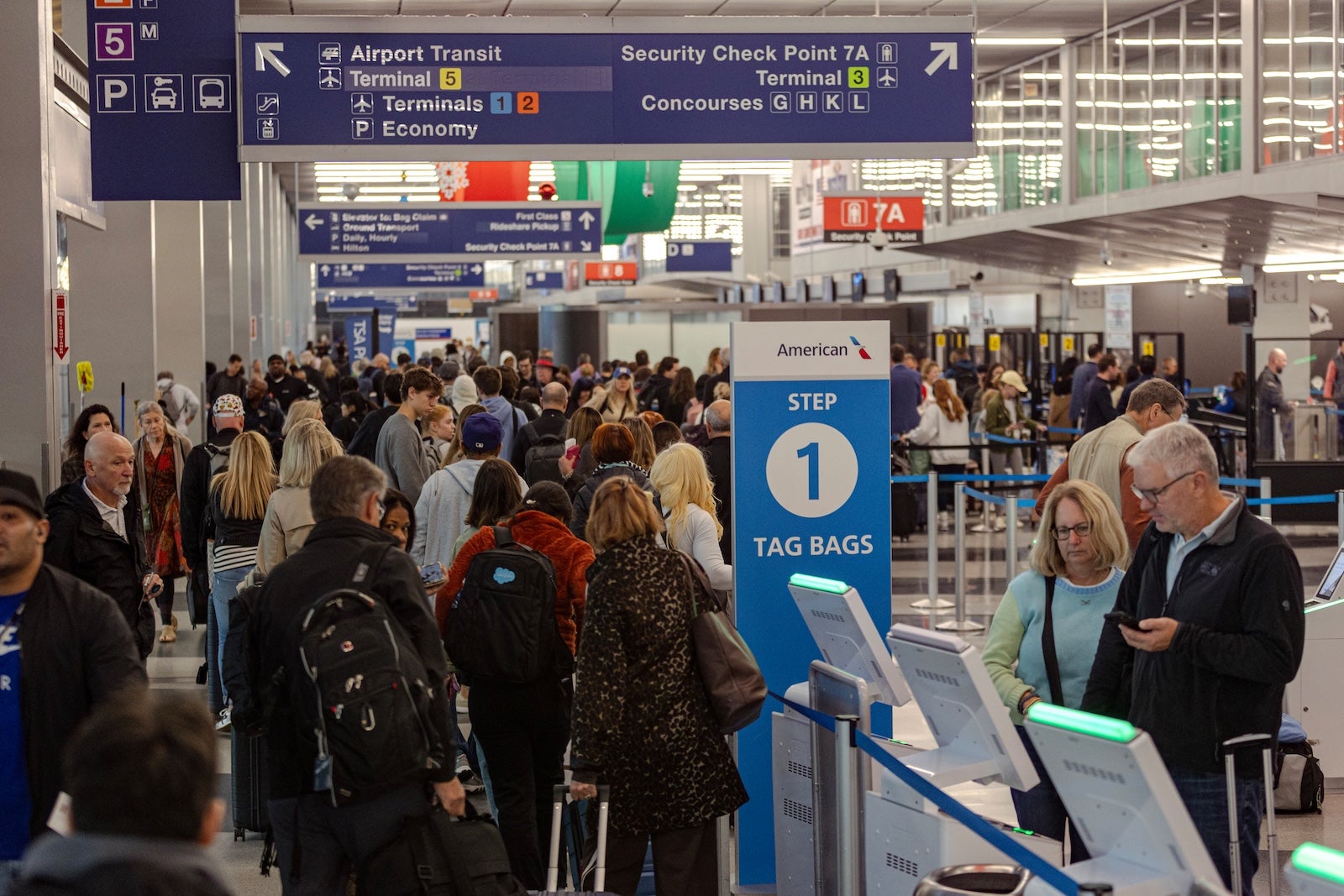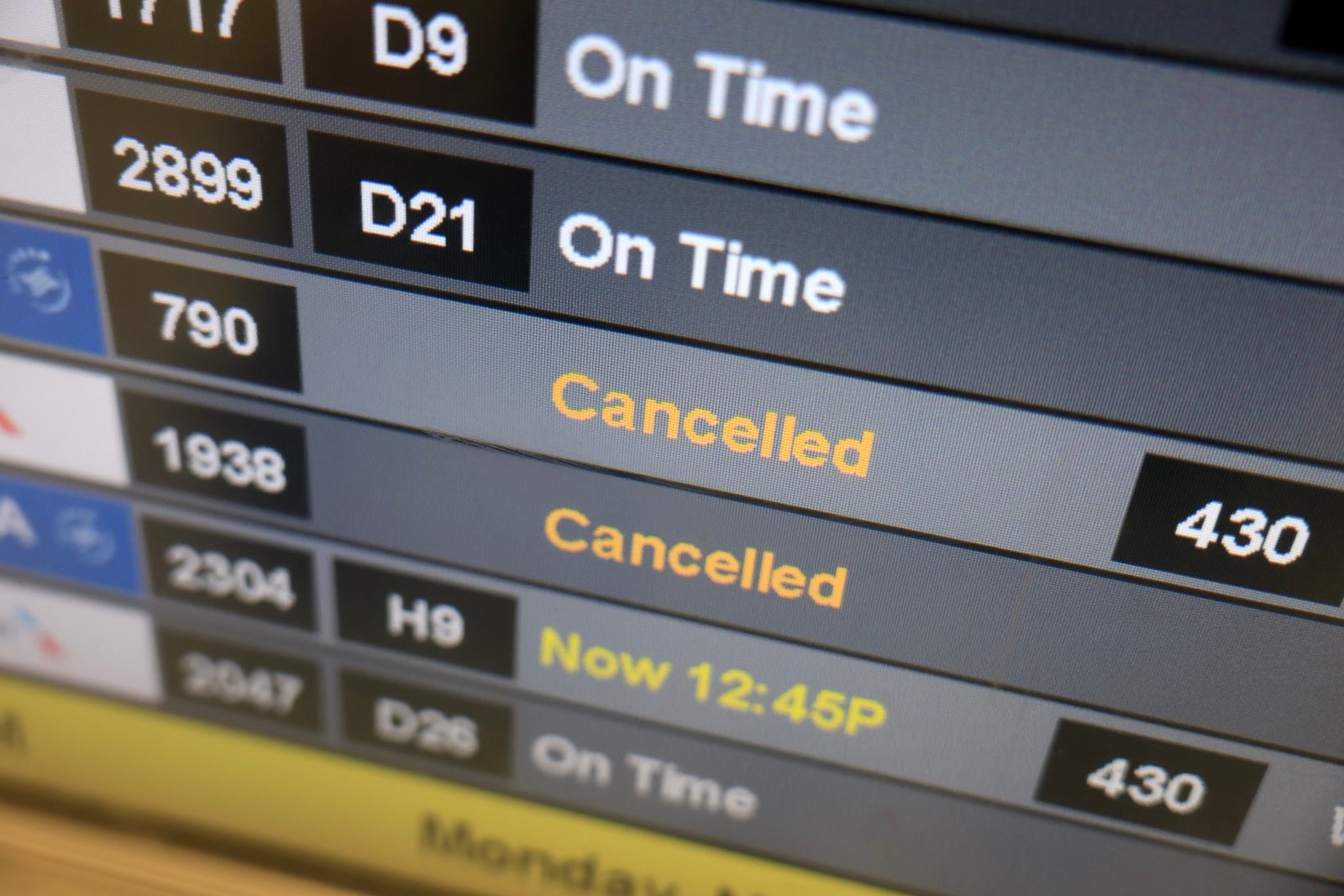Chicago’s O’Hare International Airport buzzed with frustrated travelers, a scene repeated across the nation as air travel descended into chaos. The cause wasn’t weather, but a growing crisis unfolding within the nation’s air traffic control system.
For weeks, air traffic controllers had been working without pay, a silent pressure building with each passing shift. The strain began to show as more and more controllers called out sick, unable to shoulder the burden of working without a paycheck.
The Federal Aviation Administration responded by mandating flight reductions, initially at 4%, then escalating to 6% at forty major airports. These weren’t minor adjustments; they represented a significant disruption to travel plans for thousands of people.

The cuts continued to deepen, reaching 8% and poised to hit 10% by Friday, signaling a potential avalanche of cancellations. Each percentage point translated into countless disrupted journeys and mounting anxiety for passengers.
The immediate question on everyone’s mind was: what happens when the government reopens? The answer, surprisingly, wasn’t straightforward. Officials cautioned that simply ending the shutdown wouldn’t instantly restore normal operations.
Safety concerns were paramount. Data indicated a recent increase in concerning incidents on runways and in the air, prompting the FAA to prioritize a careful assessment before lifting the flight restrictions. A return to full capacity wouldn’t be rushed.

However, Tuesday offered a glimmer of hope. While over 1,200 flights were still canceled, the number was significantly lower than the peaks experienced over the weekend. The situation hadn’t worsened, a small victory in a turbulent week.
The number of “staffing triggers” – indicators of critical understaffing at air traffic control facilities – plummeted from 81 on Saturday to just four by late afternoon Tuesday. This suggested a stabilization, however fragile.
Yet, the shadow of Thanksgiving loomed large. The approaching holiday rush, traditionally the busiest travel period of the year, added another layer of complexity to an already precarious situation. The question wasn’t just *if* air travel would recover, but *when*.
Controllers, once the shutdown ended, could expect to receive back pay within 48 hours. This swift reimbursement was seen as a crucial step in encouraging more workers to return to their posts and restoring full staffing levels.
Experts cautioned against expecting an immediate return to normalcy. Margaret Wallace, a professor at Florida Institute of Technology’s College of Aeronautics, predicted a “boomerang effect” followed by a “trickle-down” recovery, suggesting a gradual rather than instantaneous improvement.
The uncertainty remained palpable. After a week of disruption, travelers faced the daunting prospect of navigating the Thanksgiving rush with the knowledge that the skies might still be congested and delays likely.






